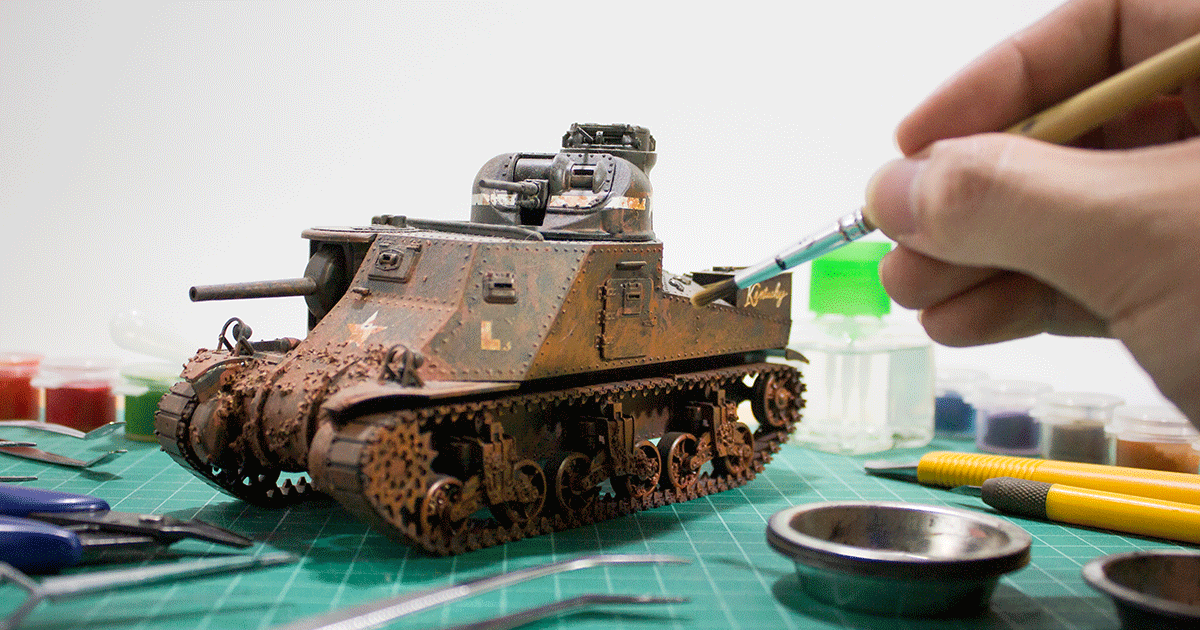和訳をお願いします。
Sievers warned the Northwest Front commander, General Nikolai Ruzsky, that they were likely to be attacked, but was ignored. On February 7, despite a heavy snowstorm, the left wing of Below's Eighth Army launched a surprise attack against Sievers, whose trenches were shallow, disconnected ditches, with little or no barbed wire because the first shipments had not arrived until December 1914. The following day, the German Tenth Army also drove forward. Snow, with drifts as high as a man, slowed German progress down the roads for the first two days; off the roads, the ground was too boggy for fighting. Despite these formidable obstacles, the German pincers advanced 120 km (75 mi) in a week, inflicting severe casualties on the Russians. As the Russians withdrew, the center of the German Eight Army began to thrust forward. The Russian withdrawal was disorderly; many prisoners were taken. Russian counterattacks on the lengthening flank of the German Tenth Army were beaten back. German men and horses fed on captured provisions, so only ammunition had to be hauled up to them. The snow was then washed away by torrential rain. The climax of the battle was on February 18, when the Russian 20th Army Corps, under General Bulgakov, was surrounded by the German Tenth Army in the vast Augustow Forest. On February 21, the survivors from the corps surrendered.
The heroic stand of the Russian 20th Corps provided the time required for the rest of the Russian Tenth Army to form a new defensive position. On February 22, the day after the surrender of the 20th Corps, Plehve's Russian Twelfth Army counterattacked, which checked further German advances and brought the battle to an end. One source gives Russian losses as 92,000 prisoners and 300 guns, while another gives 56,000 men and 185 guns. The Germans lost 7,500 men and 14 guns.
The Germans besieged the Russian fortress at Osowiec, but were unable to take it. The Second Battle of the Masurian Lakes gave the Germans a toehold in Russia; however, the Russians blocked further advances. In the following weeks, the Germans drove the Russians out of their remaining small enclaves in East Prussia.
Further south, Alexander von Linsingen's offensive had failed with severe losses, and the fortress at Przemysl had been forced to surrender to the Russians. Clearly, the first Austro-Hungarian offensives of 1915 were abject failures. Henceforth, the Austro-Hungarians and Germans would work together more closely (see the Gorlice–Tarnów Offensive).






















お礼
回答ありがとうございました。